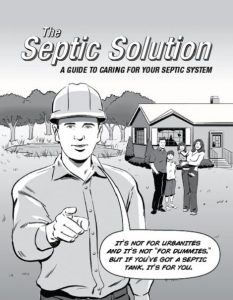SEPTIC SYSTEM FAQ’S
The Basics:
Q– How Do I know if I have a Septic system?
A– Generally, if you don’t receive a bill for sewer services, live in a rural area, or have a well onsite then you likely have a septic system on your property; although some municipal properties do still have septic systems onsite.
Q– How do I locate my septic system?
A– Sometimes, if the access risers do not come to grade, and/or the landscaping is mature, it can be hard to tell where the tank is actually located.
Here are a few clues:
It’s usually on the opposite side of the house from your well.
Generally, it’s between 2 and 6 meters from the foundation wall.
If it’s closer to the surface, snow will melt in that area first, grass will yellow in the summer.
The outgoing sewer pipe in your basement will point the direction.
If these options fail you, previous property owners my know it’s location, or have site plans.
You can also contact your local septic pumper to help you find it.
Q– What are the different types of systems available?
A– SEPTIC AND HOLDING TANKS – Boyd Bros Concrete carries a wide range of septic tanks. They range from 3600L to 45000L. They come complete with effluent filters. All of our tanks come standard with Tuf-Tite plastic risers and lids to enable ‘greener looking’ lawns. Boyd Bros also manufactures a number of concrete waste water treatment systems for waste water companies.
GREASE, OIL AND GRIT SEPARATORS – As groundwater protection has become an extremely important factor in everyday life, grease, oil and grit separators have made it that much easier to deal with. Our tanks come in both 2- or 3- compartment configurations and range in sizes from 900L to 9000L depending on the engineer’s specifications.
ADVANCED SEPTIC TREATMENT SYSTEMS – Level IV treatment systems (advanced) treat waste water beyond the level of treatment provided by a conventional septic system alone. Advanced septic treatment systems greatly reduce waste, leading to smaller leaching bed sizes and, in turn, are ideal for smaller lots as well as environmentally conscious consumers.
Q– How do septic systems work?
A– In a nutshell- Everything that goes down the drain flows into your septic system; every drop of water, every flush of the toilet. But, that’s really just the beginning of a fairly sophisticated system designed to separate, treat and reintroduce wastewater back into the ground.
All liquid waste from the home enters the tank where it’s met by billions of microscopic bacteria hungry to break down and separate most of the solid waste that flows in. The rest must be cleaned out with regular pumping. The remaining liquid flows into a second chamber for further separation, and is then passed through an effluent filter before moving out of the septic tank and into the secondary treatment area (leaching bed). The leaching bed allows the effluent (wastewater) to be dispersed back into the ground via perforated drainage pipes. The soil beneath the bed helps to filter out particulate and develop bacteria, essential for cleaning the effluent before it reaches the water table.
Maintenance:
Q– How long does a septic system last?
A– A properly designed and maintained septic system can last a long time, but not forever. The average life expectancy is about 30 years, but it’s not unusual to hear of older systems (40-50yrs old) still going strong. Eventually, however, the leaching bed becomes used up and is no longer able to filter effluent properly. At this point the entire system must be moved.
Q– How often should my system be pumped out?
A– While most septic tank solids are broken down, some remain in the tank as sludge and must be removed. Pumping usually takes less than an hour, and should be done every 2 to 3 years. Typically, pumping is best scheduled for late spring or early fall, when the ground is drier. If basic maintenance is neglected, the outcome can be catastrophic.
Q– Can I use additives in the tank?
A– Products marked as septic tank “cleaners” or “performance enhancers” are not recommended for use in your septic system. Some of these products may break down solids that are meant to stay in the tank, flushing them into the leaching bed and clogging the soils. Others simply do nothing at all, sending your hard earned money down the drain instead.
Q– Are Bleach and other household cleaners okay to use?
A– Bleaches, detergents, toilet cleaners, drain cleaners and anti-bacterial soaps can harm the bacteria balance in your tank. While they are important tools in every household, care should be taken when choosing and using these types of products.
Q– How can I keep my system running properly?
A– Because your system relies on living organisms to function, only feed it what you would expect it to break down naturally. Chemicals, solvents, fats and household solids can cause major system indigestion and lead to costly repairs or replacement. Aside from adhering to a regular pump-out/ inspection schedule here are some tips for smooth operation. Remember: If it won’t break down, it shouldn’t go down!
Things to avoid:
Paints, polishes, thinners and removers
Petrol products and household compounds
Animals fats, grease and cooking oils
“Disposable” diapers, tampons, condoms or plastic wrappings
In-sink garbage disposals- food belongs in the garbage, not in your septic system
Colored/patterned or synthetic toilet papers
Keep vehicles and heavy equipment off the bed. Trees and shrubs planted near the bed can plug the pipes with roots; snowmobiles can compress the snow over the leaching bed, increasing the risk of freezing. Generally lawn mowers are OK.
Q– How can I tell if my system is failing?
A– When the septic bed becomes full it will back up into the tank, which in turn will back up the pipe coming from the house; toilets will flush slowly, sinks won’t drain. The grass covering the bed area may become squishy and begin to seep a grey liquid- you’ll know that smell!


